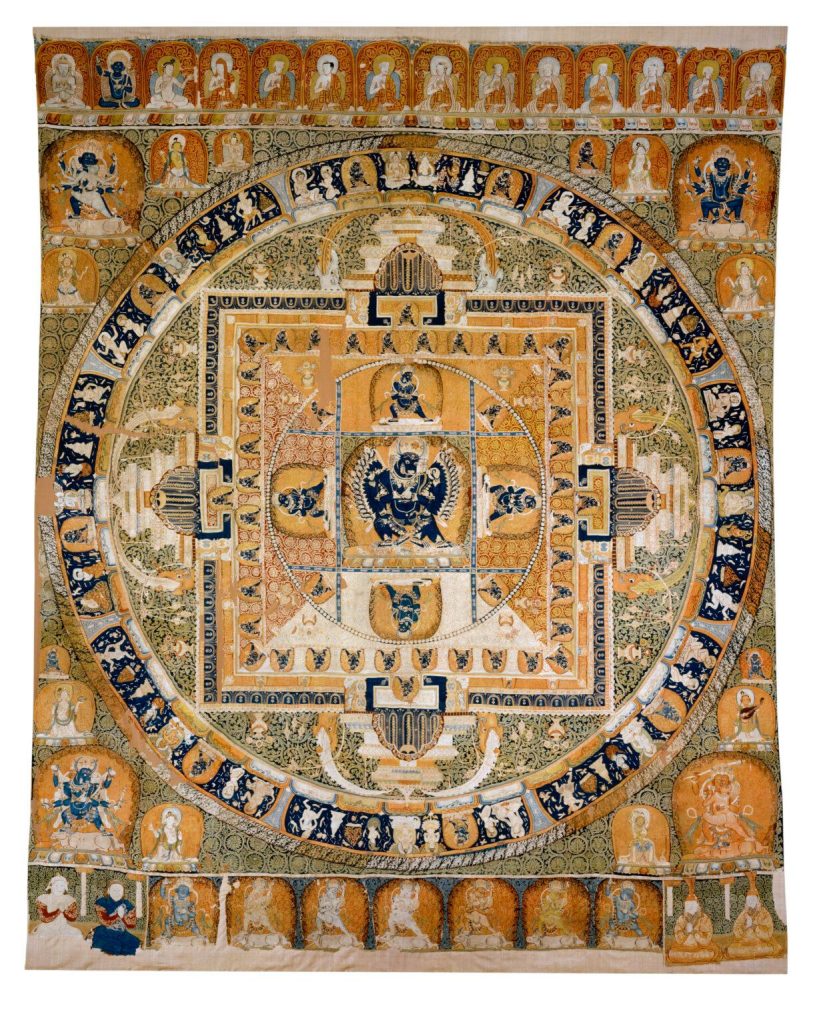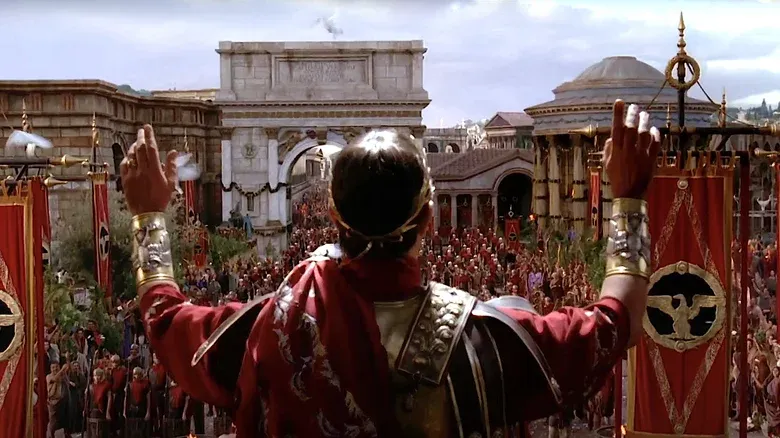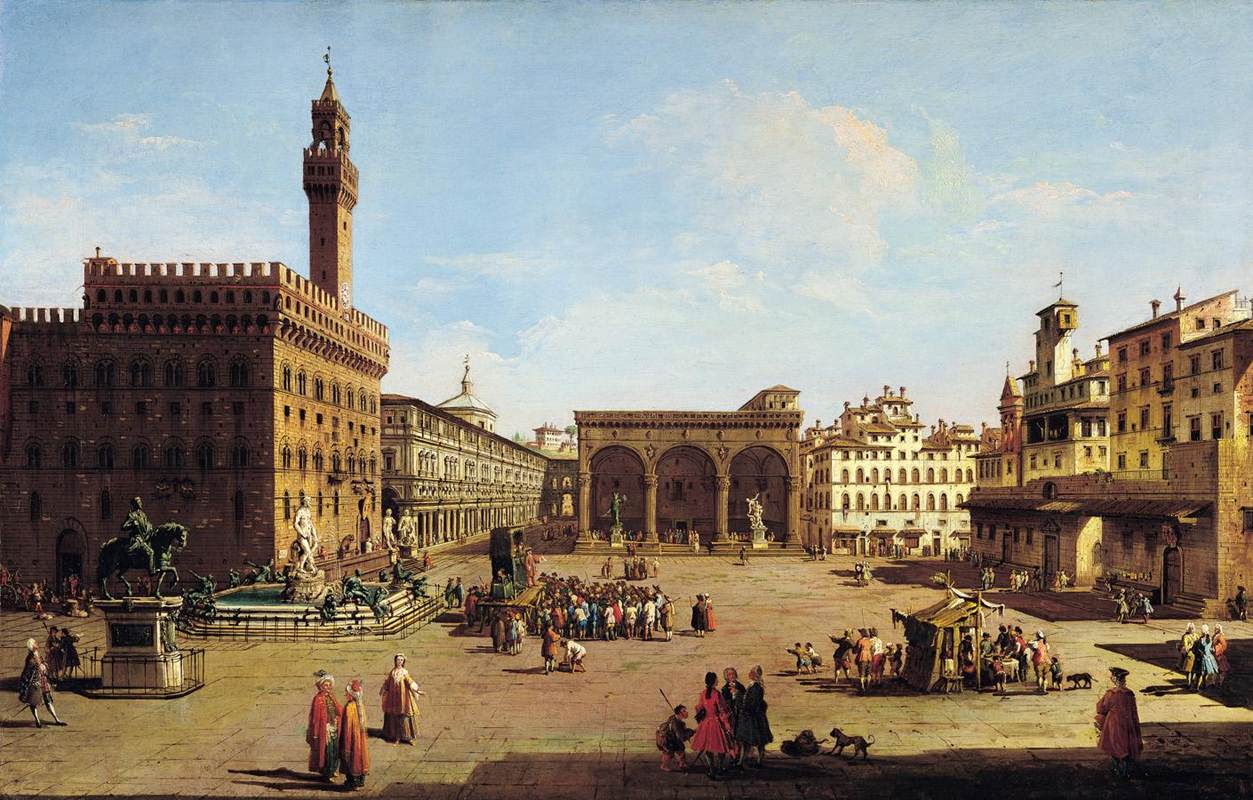
Operating in a Bitcoin World
by Isaac Piano
Introduction
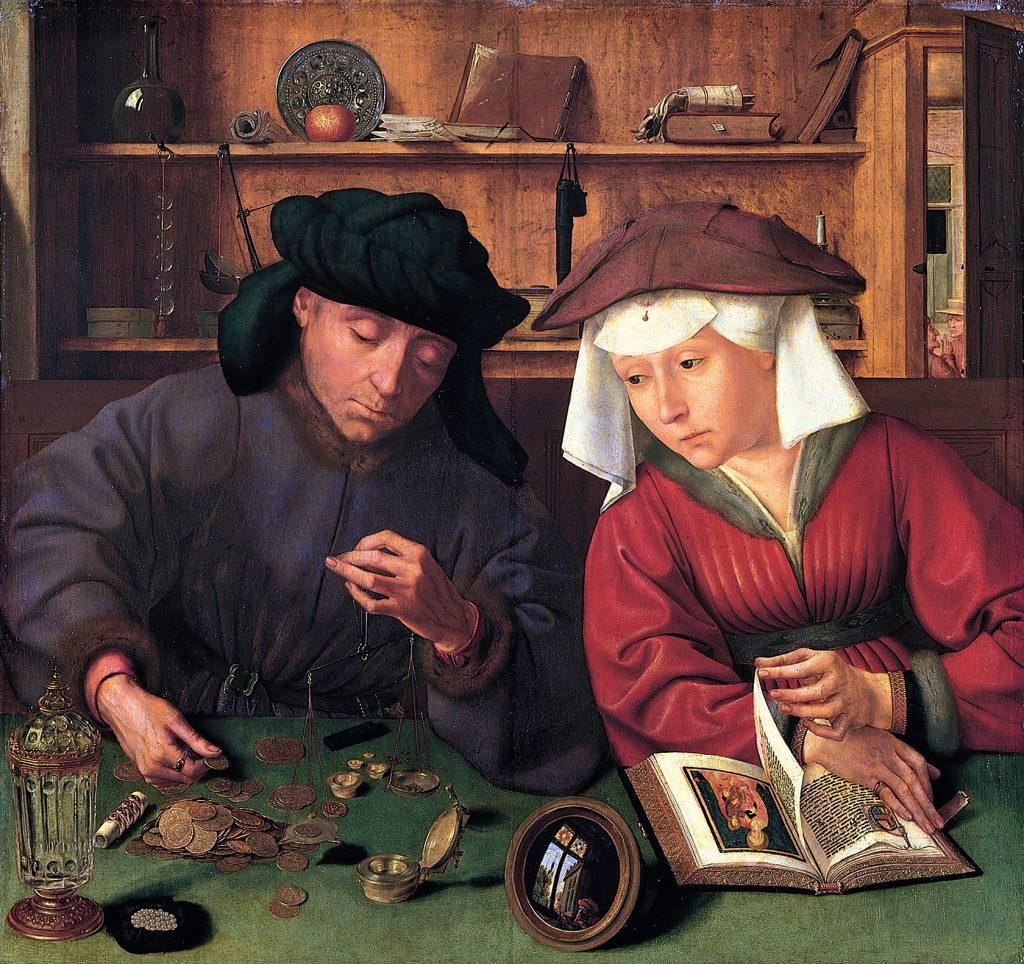
We live in a world of ever-increasing inflation. Even major currencies – the US dollar, the Pound Sterling, and the Euro – have seen their buying power collapse by 60-90% since 2000. Millennials and Generation Z find ourselves increasingly priced out of housing and the ability to raise a family.
The only way to act against this trend is to accumulate assets which cannot be created at will. Three assets that cannot be inflated on command are gold, property, and Bitcoin.
Gold’s value is secured through physical scarcity, extraction cost, and universal recognizability. The value of property is secured through legal titles, enforceable ownership rights, and location-based demand, all backed by institutions and, ultimately, the threat or presence of force (state or private). Bitcoin’s value is secured and validated through ‘Proof of Work’, which ties digital scarcity to real-world energy expenditure, making each coin the result of verifiable effort and economic cost while keeping the system secure through a global network of users who are rewarded for following the protocol and whose work cannot be counterfeited or tampered with.
The best performing of the three assets since 2009 has been Bitcoin. It has not been a linear journey, but it appears increasingly likely to me that the world will be denominated in terms of Bitcoin within the next 30 years.
The best piece of advice I can give to anyone under 30 is to study BTC and acquire it.
The times ahead will be increasingly hostile. What follows is an explanation of BTC, how it is currently being accumulated, and what we can do in this new environment.
What is Bitcoin?

Bitcoin (BTC) is a type of digital money, or cryptocurrency, that runs on a public record of transactions called a blockchain. This blockchain is like a shared, tamper-proof ledger that keeps track of every time someone sends or receives BTC.
Anyone can download the Bitcoin software for free and connect their computer to the network. These computers, called nodes, help check and share transaction data with others, making sure that everyone agrees on what has happened — without needing a bank or central authority.
The system works because thousands of people around the world cooperate to verify and record transactions in a secure and transparent way. Every new group of transactions (called a block) links to the one before it, forming a continuous chain — hence the name blockchain.
Bitcoin is also unique in that only 21 million coins will ever exist, a rule written into the software. This limited supply is part of what gives Bitcoin its value, similar to how gold is valuable because it’s scarce and hard to get.
The only way this supply could realistically be changed is if all parties that operate a node voted to increase the supply. Anyone who voted to increase the supply of BTC in this way would be opting to dilute their own holdings. It is in the interest of holders to accumulate more and never reduce the value of what they hold. Accordingly, the maximum supply of BTC is very unlikely to change.
Who holds Bitcoin and how is it being accumulated?
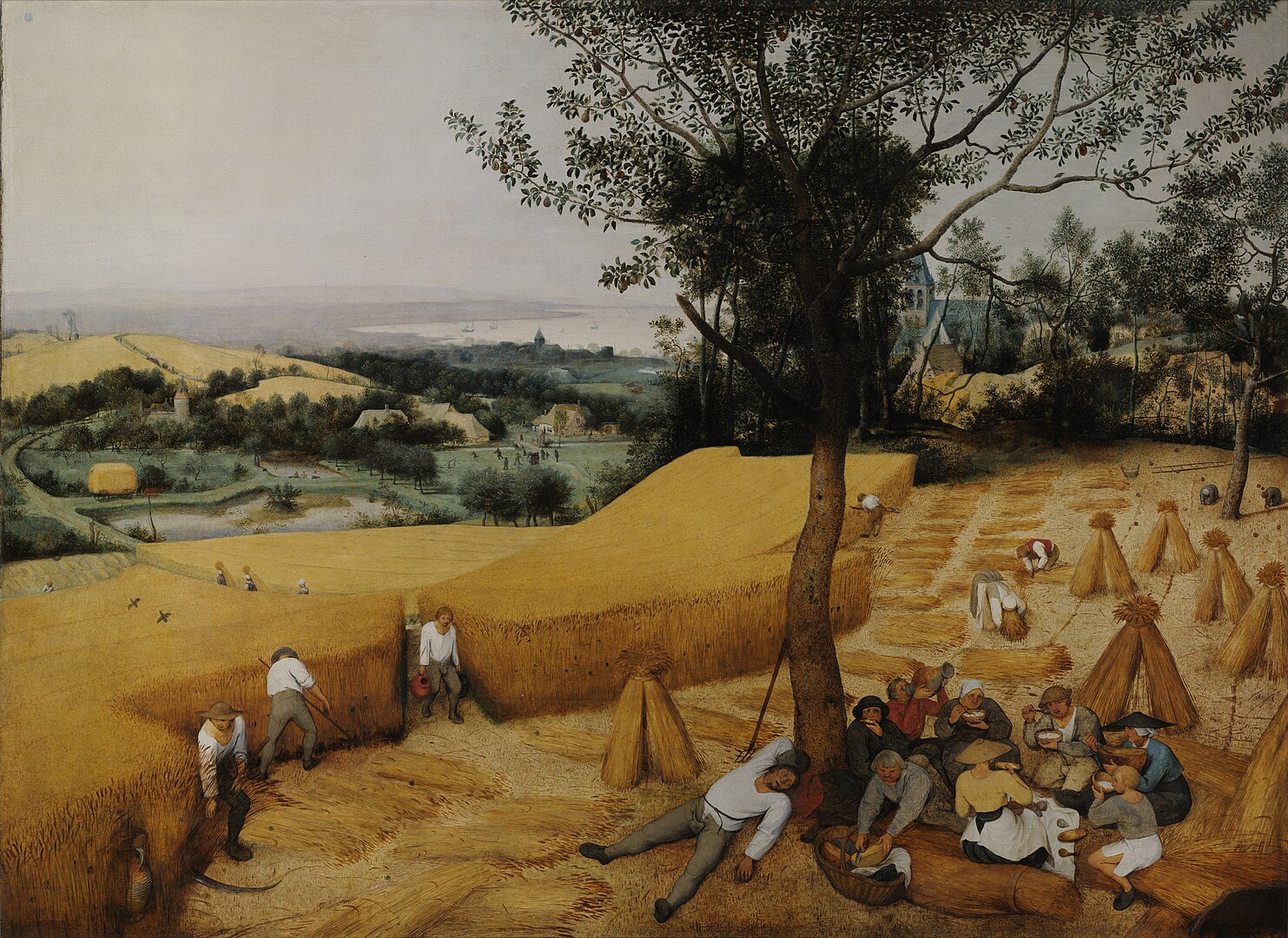
The pattern emerging is that the vast majority of BTC is held in a tiny percentage of addresses. There are approximately 1.38 billion BTC addresses (note: addresses ≠ users). As of 15 Feb 25, 1951 addresses hold between 10,000 to 100,000, 92 addresses hold between 100,000 and 1 million, and four addresses hold between 1-10 million.
Holders, particularly small ones, are vulnerable to price swings. Large price swings may force small holders to sell. Larger investors, institutions, and eventually, states can buy out these holders and soak up short-term losses. Given that the maximum supply of BTC is unlikely to ever change, this flow from small holders to large holders will lead to an accumulation of most movable BTC in the addresses of a small number of holders. It is also probable that market manipulation and force will be used to separate smaller investors from their BTC. An historical example of forceful confiscation of valuable assets is Order 6102 which confiscated gold from US citizens in May 1933.
Now, what is stopping these major investors from never selling back to the smaller holders? BTC could increasingly be accumulated in the hands of a small percentage of holders who would use it for global trade and as collateral to raise loans and investment. In this position, BTC would become too valuable to be used for everyday transactions. Instead, it would become the standard with which to issue new (Bitcoin-backed) fiat currency. The top four holders of movable BTC are exchanges or public companies. These are essentially banks, issuing or planning on issuing tokens or ETFs backed by their BTC holdings. This is the beginning of BTC backing major currency-like tokens.
Say, that the majority of BTC is held by small numbers of an elite. This elite, within their company or company-states, would rule their areas and control their parts of cyberspace like fiefdoms. They will determine what trade and compensation are denominated within their fiefs. They will control the layers that make up modern economic and social life: digital platforms and digital currencies, as well as physical spaces. This is what I call digital feudalism.
Currency in Renaissance Italy
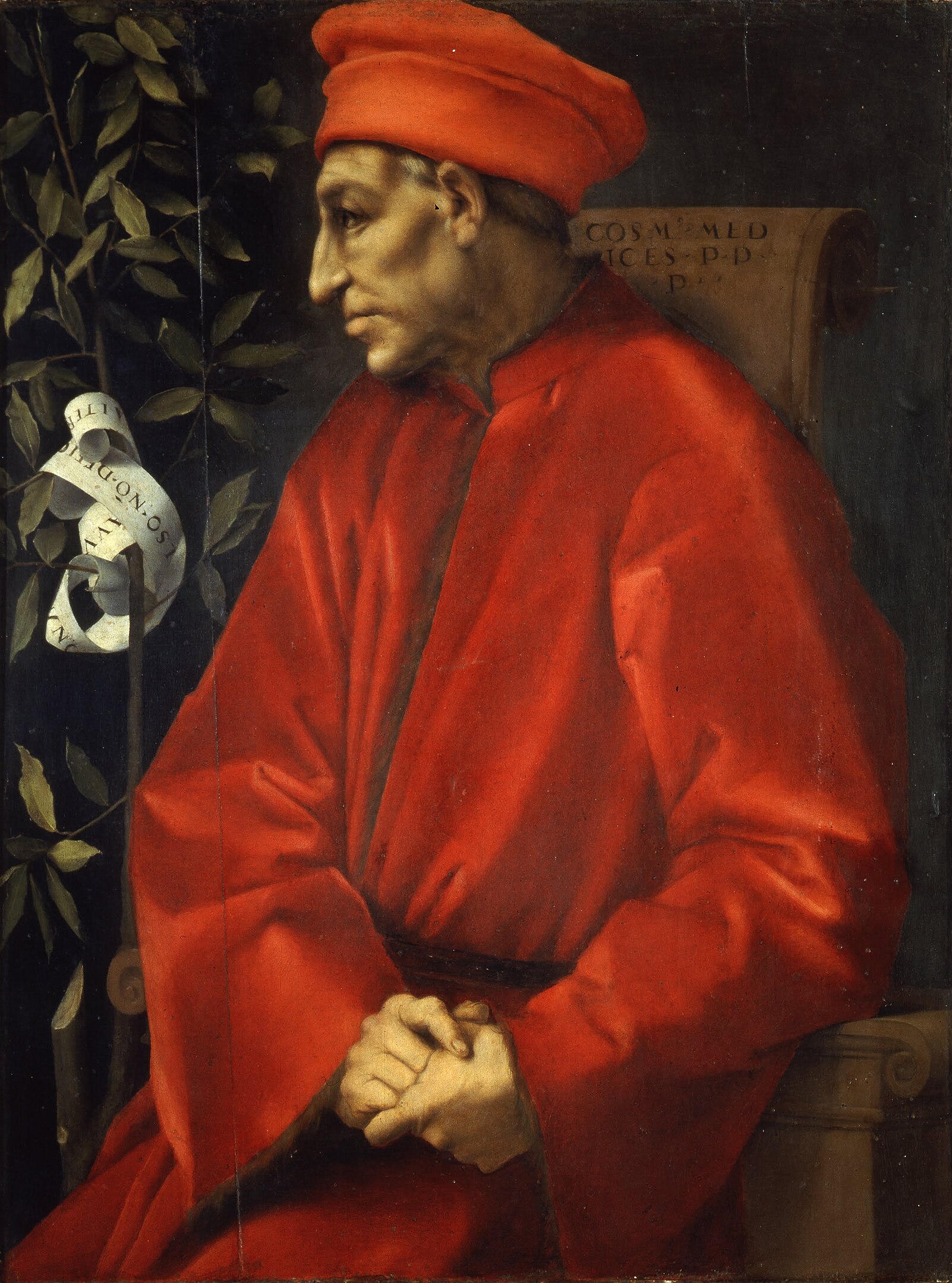
In the Rise and Decline of the Medici Bank, 1397-1494, published in 1963, Raymond de Roover describes how Florence operated on a two-currency system. In short, the first currency was the gold Florin. Florins were the internationally recognized currency of European and Mediterranean trade from approximately 1252-1533. The second currency in use in Florence was a silver currency which suffered inflation regularly over time.
According to Florentine law, only specific traders such as money-changers, and cloth and silk manufacturers were permitted to conduct their trade in florins. Everyone else was expected to trade using the silver – and regularly inflated – currency. Wages were also paid in silver and, because the employers controlled the government, the debasement of the silver currency was incentivized by the government over time.
The trusted, hard currency of the time – the gold Florin – was accumulated heavily in the hands of the elites, the merchants, and governments. A similar process is underway with BTC. Institutions, companies, and even states are increasingly accumulating BTC, which has led to significantly lower amounts of BTC being available on exchanges in 2025.
Sovereign wealth funds have been buying up BTC or exploring the establishment of a Strategic BTC Reserve. Others, such as Abu Dhabi or Norway, are investing in BTC spot ETFs or in companies like Strategy (formerly MicroStrategy) – a tech intelligence company that owns over 2% of all BTC. Those governments and institutions who control global trade will use BTC to settle debts, as collateral against loans, and as financial reserves. Once sold off by smaller investors to these larger entities, it is very unlikely to ever be sold back. The situation which will likely arise from this is one in which BTC is reserved for the use of global elites, financial institutions, and wealth management companies. The majority of people will be allowed only to use a sub-currency such as stablecoins – a type of digital money designed to keep a steady value by being tied to the price of a real-world asset, like gold or national currencies. This parallels the two currencies of Florence – the gold Florin and silver Piccoli.
How does one operate in this environment?
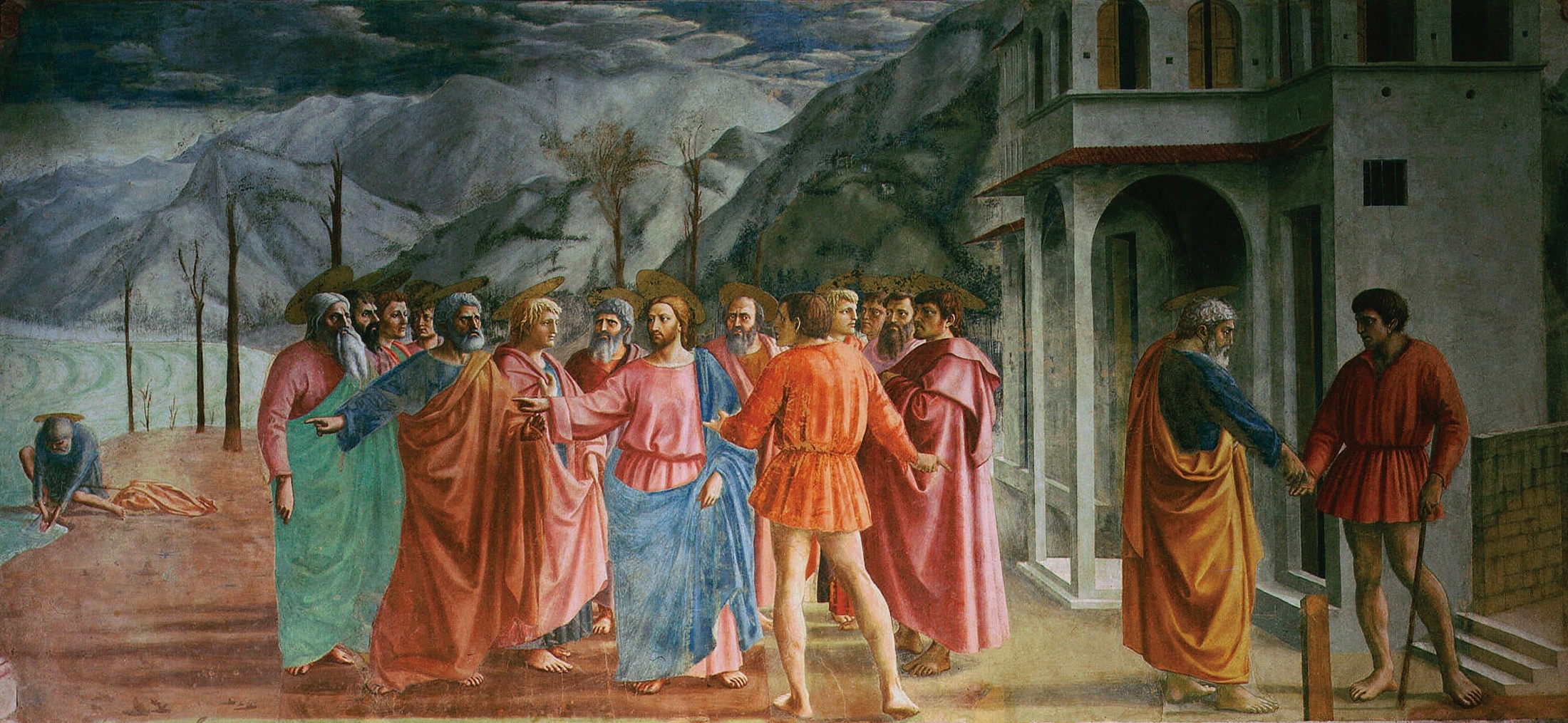
The environment described above is hostile and dangerous for anyone who is a lone holder of BTC. Anyone acting alone is highly disadvantaged. Humans do not exist within a vacuum. Only through cooperation can individuals hope to defend their BTC holdings and the value they represent. BTC held and protected by a network of individuals would mean access to trade and commerce, and defence against debasement of value over time. Operating interdependently with others as a network could allow for a form of decentralised resilience against loss or theft of BTC. These networks can be formal or informal. A formal network looks like a guild – skilled individuals bound by trust and shared sacred values.. The informal network is a network of extended family who are bonded together through blood and inheritance, and also share sacred values.
A functional network which not only operates in this environment of digital and physical hostility, but also thrives will consist of at least the following elements:
- It will provide its own banking services. This is likely to begin initially as storage services for BTC which are provided to members of the network. Over time I expect these services to develop into a service a network can provide for those affiliated with it. This is a Network Bank. A potential model for this is the Amsterdam Wisselbank (AWB), which was established in 1609, a comparison I expand on later in the article.
- It will align itself with a city or a state and build a relationship which serves the interests of both the network and the city or state.
A network which gains financial power will eventually be pulled towards political power. This will likely happen whether intentionally or through circumstances. For example, Elon Musk, Jeff Bezos, and Mark Zuckerburg are some of the richest people in the world. At a minimum they have been forced to choose sides in the recent US presidential election and will increasingly be forced to choose sides in the trade wars between international blocks of states.
Historically, banks such as the Medici Bank and the Amsterdam Wisselbank (AWB) initially accumulated local financial power. They did this by providing storage and protection of funds to a network of local clients. They then leveraged their excellent reputations beyond the local level, which allowed them to gain clients internationally. This financial power turned, over time, into local and then international political power. The Medici became the Papal Bankers after they supported and financed the election of Pope John XXIII. The AWB became internationally trusted and the Dutch East India Company (VOC) – one of the most powerful economic entities of the time- became an account holder. The AWB managed the financial foundations of the Dutch colonial empire. The city protected the bank and the bank protected the city´s wealth. During the 80 Years War against Spain, the bank was a key element in protecting the wealth of Dutch citizens and eventually financially overpowering the might of the Spanish Empire.
The environment before us is one in which the network will outperform the individual, one in which the vast majority of people will be prevented from accessing BTC and will have to settle for a stablecoin or an inferior asset, and one in which financial power will inevitably lead to involvement in political power machinations, regardless of the personal wishes of the individual.
Successful networks will provide services for their members – financial and otherwise – and will eventually be contracted to provide these services for other networks. This will lead to the growth in financial power and eventually into political power.
So, what is to be done in this new environment?
We should act as a network. The network should provide financial services to its members. Members of the network should value honesty, integrity, and belief in shared sacred values among themselves. The network should also build a group of allies as the playbook in this article will lead to political involvement… which will attract enemies.
Conclusion
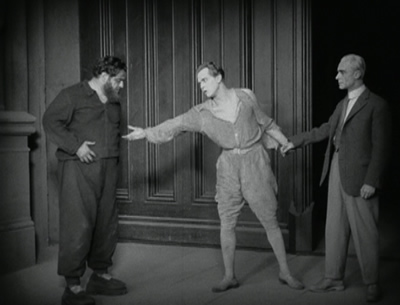
Major buyers are accumulating BTC at increasingly fast rates. There is a short-term incentive for smaller investors to sell and take their profits, but if they do this, the likelihood of ever recouping BTC is minimal. This is the foundation of new economic norms and the creation of a new elite.
A historical example of how this could play out is the example of the Florin. For approximately 400 years it was the reserve currency of Europe, and only specific sets of merchants or members of the elite were allowed to use it. Everyone else had to use the ever-inflating silver currency which was continuously debased over time. BTC is being accumulated in the hands of the elite and may follow this pattern, potentially enforced through confiscation or legislation.
To operate in this environment, I believe that one should operate within a network with its own banking services and one which has a business relationship with a city or state. In this environment, human relationships will take on increasing importance. Relationships form the basis of the network´s reputation and decision-making. Relationships will be framed in terms of the network´s needs. The importance of individual autonomy will decline.
Latest Articles
- The Neglected Value of BreastfeedingOn the benefits of breastfeeding
- Architecture Without a FutureOn architectural historicism
- The Absurdity of the EverydayOn seeking and creating meaning
- Bridging Science and SocietyOn interdisciplinary collaboration
- Renewable Baseload PowerOn the future of energy
- AI and the Battle for CommunicationOn control of communication
- Operating in a Bitcoin WorldOn the new monetary order
- Beyond Political NostalgiaOn hope as a political force
- The New Age of CaesarsOn the end of liberal democracy
- Social Media: Five Stages of GriefOn reclaiming our attention
About the author
Isaac Piano is a project manager based in Regensburg, Bavaria. He reads extensively on history and finance. He appears frequently on the Tela Network Podcast.
Updates
Sign up to the CATALYST Updates Substack to receive the monthly schedule for new articles, news on the physical print-run of CATALYST’s inaugural issue, and details on the upcoming CATALYST Conference.

